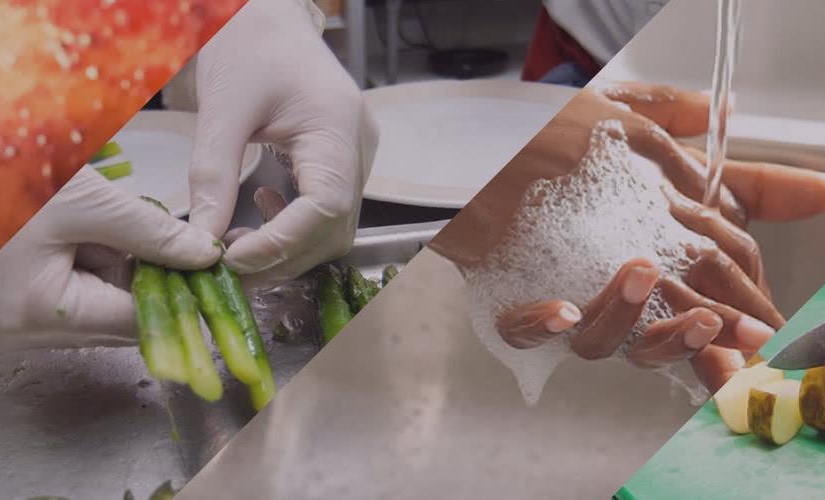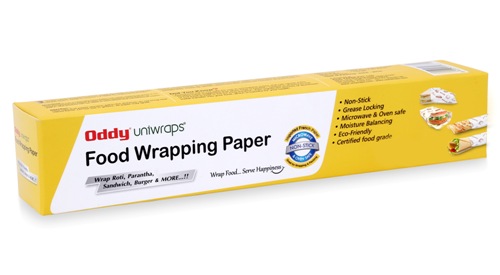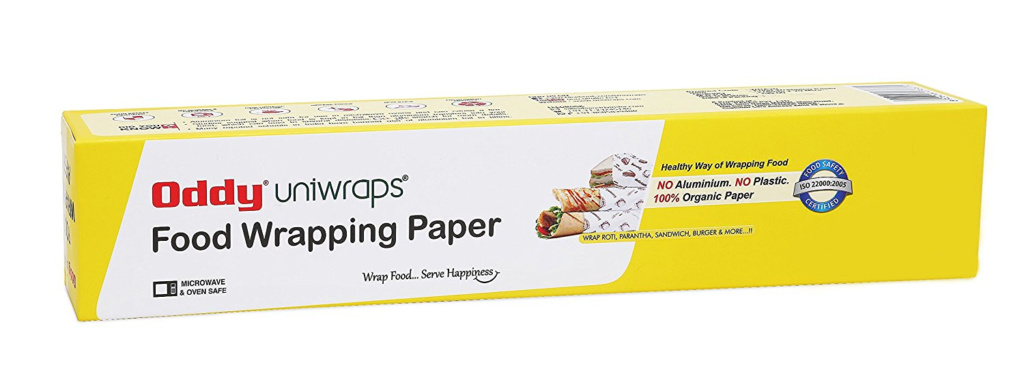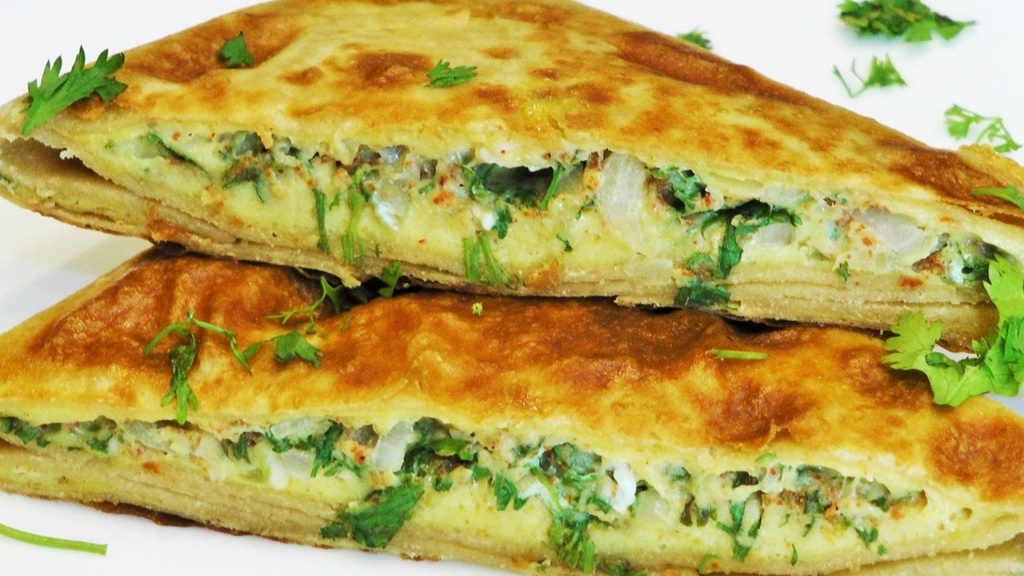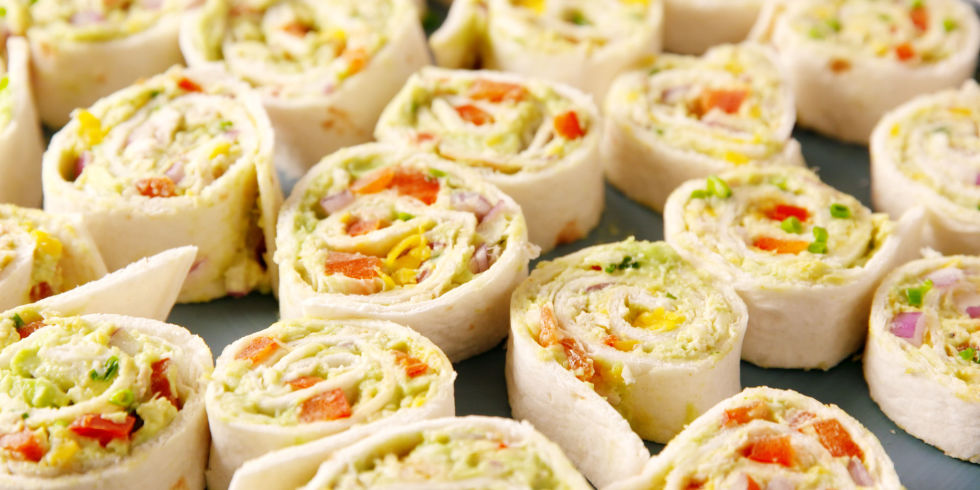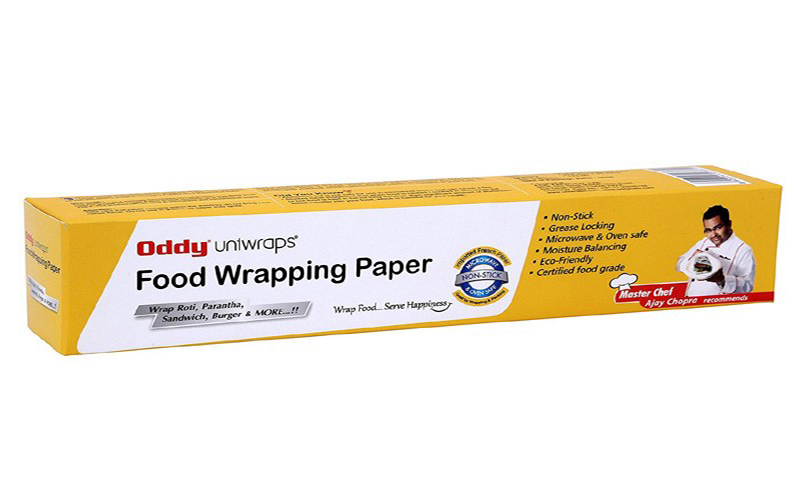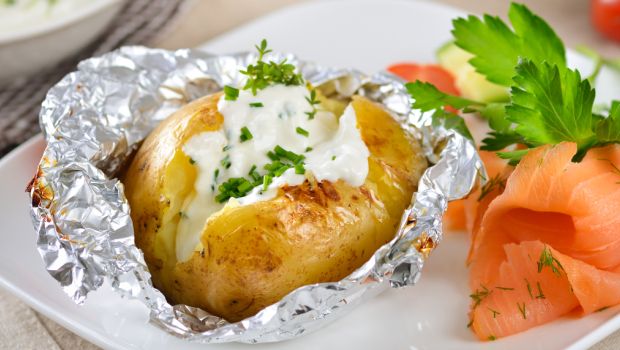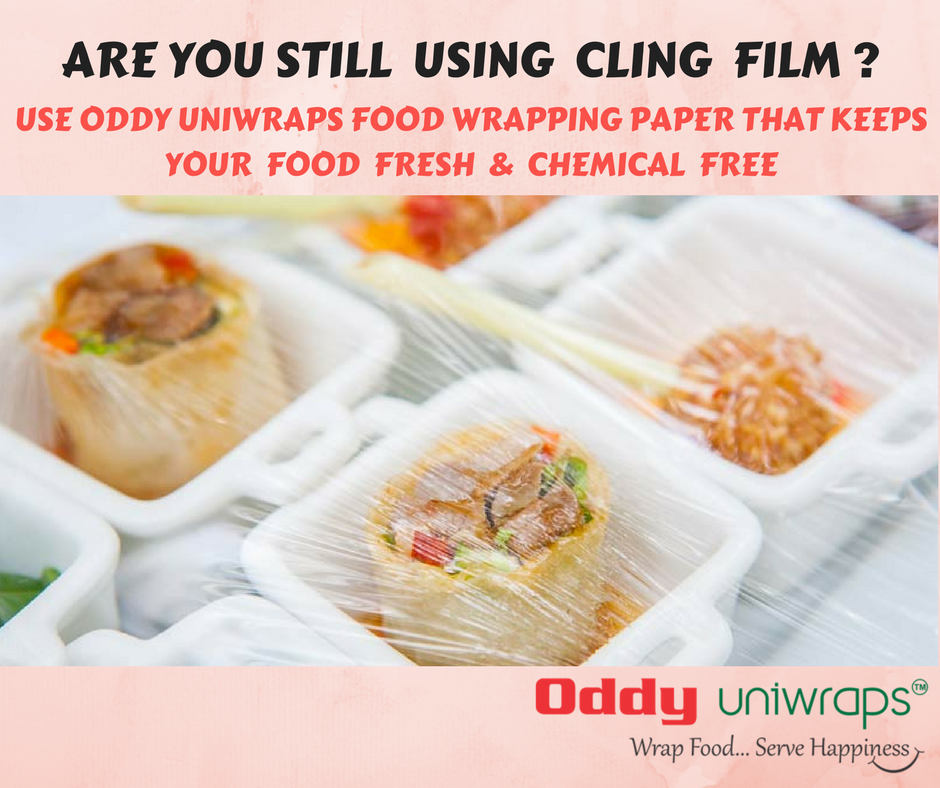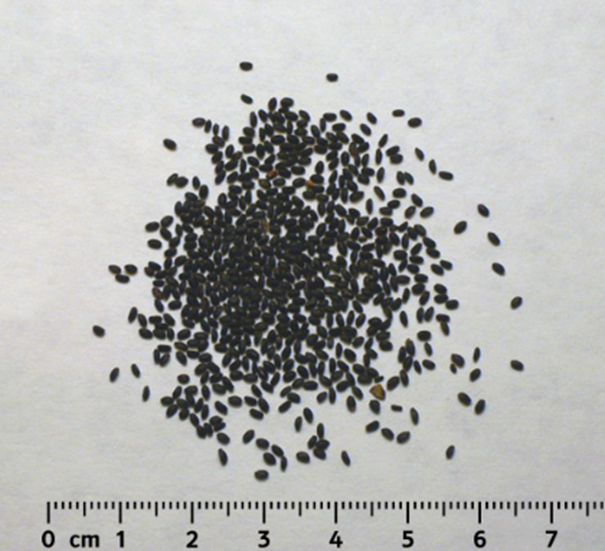There is no bigger happiness than cooking for e people we love but there is also no bigger fear of seeing those people getting sick by your meal. Have you ever felt this fear? Your only target should be to serve safe and delicious food.
Have you ever thrown out good food by mistake? And after throwing out the food you had the fear of wastage? We asked some of our friends and we found out that this mistake was committed by many of our friends. This happens because of the lack of information about food items like raw meat, leftovers and fish. So let’s talk about food safety.
THE FEAR OF MAKING PEOPLE SICK
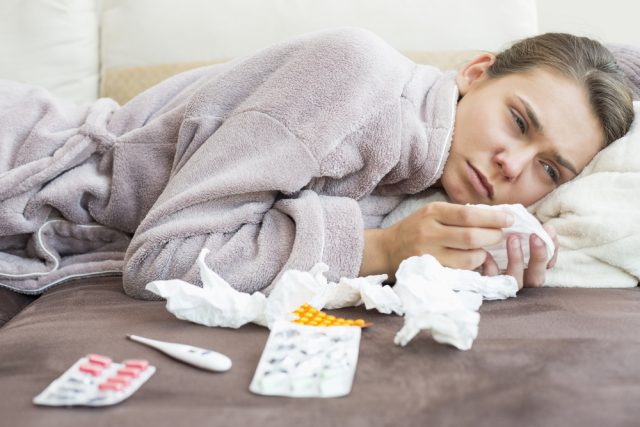
E.coli is a kind of virus which is present in our stomach and is solely responsible for the mood swings of the stomach. If the food you bought, you cooked, you served is bad then there are maximum chances of people being sick from the food. Never buy the food which does not mention the ingredients or the expiration date. Even if the food is expensive, don’t buy it by looking at the price tag. One of my friends once threw a dinner of miso-marinated fish made for 6 people because she thought the filets were too long.
You know what the problem is that we throw the food without knowing. We need to correct this habit.
HOW TO KNOW WHAT IS SAFE?
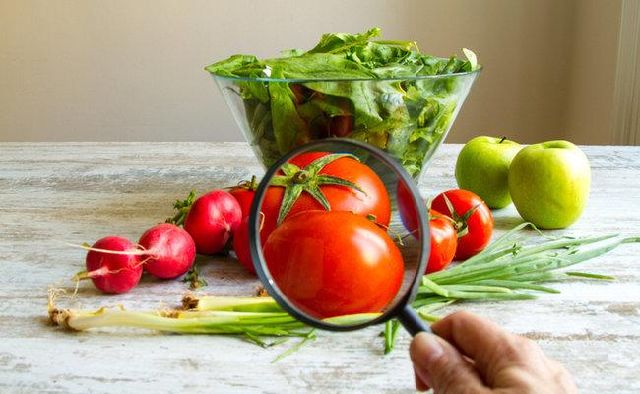
We have this thought in our minds that raw eggs are bad but we also have this thought that Caesar Salad dressing is good. It is seen that most things like food safety, recipes or picks are passed down from the family, either good or bad. These tips come with a set of guidelines and conflicts. Some people who claim to be sensitive will not touch raw chicken or meat but will eat up the raw cookie dough like no big deal. My grandmother loves cheese and if it has gone moldy then she will just remove the mold part and will eat the rest with a “who-cares” face but she would not touch raw chicken. And I almost forgot to mention, she does not believe in expiration dates.
It is difficult to realize what gossip is and what an immovable lead is, when you’re being sheltered or excessively wary and inefficient, and when to toss out remains or have them for lunch the following day.
Having the right information about food is important and it is not that scary or difficult to remember. So with the help of the internet, here is the list of how to keep your food tidy and neat keeping the safety in mind. This will include all the guidelines of food from the market to the dining table. So it is time to face those fears and raise your questions and feel confident about the food you make.
THE FUNDAMENTALS OF FOOD SAFETY
The stop, drop and roll for the kitchen – Four words that are important in a kitchen are – Clean, Separate, Cook and Chill. Clean out the food thoroughly, separate the different food items, cook patiently and chill, relax.
The danger zone of food – The temperature of 40oF and 140oF is the danger zone for the food. So you should not leave the food at room temperature for more than 2 hours and on hot days, leave it for one hour.
The facts – Marinades don’t eliminate microscopic organisms, you can’t notice salmonella, and vegetables ought to be washed regardless of whether they will be peeled. Catch up on these and other sustenance wellbeing legends with these supportive sheets on basic falsehood and missteps.
Source of the ingredients – These are the recommended guidelines. It all depends on the source of the food you eat, it can be your backyard or the market where you get unwashed items and you forget to watch it. Eat unwashed food at your own risk, you should know about the quality of the ingredients and the source of them. This will only be helpful for your health.
Be aware and more cautious – In a population of so many people, there are people who are on medications, who have a lower rate of immunity, women those who are pregnant and children who require special attention and these types of people should be given extra care.
GUIDE TO FOOD SAFETY AND SANITATION
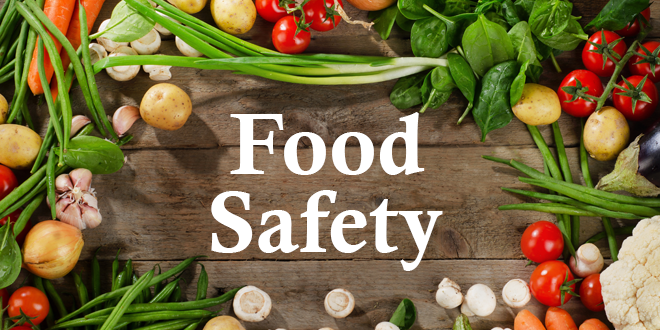
I should warn you beforehand that this list is going to be long but it is important to know that the hands which touch your food; touch other gross places too.
WHILE SHOPPING
You should keep certain things in mind when you go to a store for food shopping. That is the time when you can keep an eye on the safety while handling and packaging the food items. Sticking to guide mentioned below, you can make sure that the food you are or will be handling will be safe enough to eat.
Cross-contaminating the cart – There should be no cross contamination in the cart, keep the meat away from the raw vegetables and also raw protein away from eggs.
Items to keep just before checkout – If you think that you will be spending too much time in the store then you should keep the perishable or easily spoiled items like frozen food and dairy products at the time of checkout. These items tend to go bad with time so why take chances?
Frozen food – There can be times when the freezer system is overloaded or is not working properly, carrying an ice pack or a cooler bag for the frozen item will ensure that there will be no spoiling of food.
Now let’s come to the ingredients
Production – With regards to purchasing crisp vegetables, skip anything with indications of spoiling, particularly pre-bundled or pre-cut vegetables and organic product. Abstain from anything with film or goo or indications of form. What’s more, the FDA prescribes purchasing foods grown from the ground free of wounds or indications of harm. In any case, don’t confound “revolting” or messy create with hazardous deliver — appalling will even now be protected and delectable to eat.
Eggs – Always open the carton. It is recommended that eggs should be refrigerated and should have clean shells and should be without any cracks. The eggs from the farmers are at room temperature thus they go bad very quickly. Talk to the person on the counter to know about the source of the eggs.
Meat items – If the meat is warm, don’t buy it. Even if you touch it or smell it and it smells funny and it is at a discount, DO NOT BUY IT. Just because it is priced less there is no need to buy it. While buying the proteins, the packet should not be torn or damaged, if it is, then leave it right there.
Canned food – buy only after checking the “sell-by” or “use before” dates and leave the items which are torn or damaged in any way.
Bonus point – With respect to those termination and “use-by” dates on bundles, here’s a spoiler alarm: They are not required or directed by the FDA — aside from those on infant equation. What’s more, in addition, large numbers allude to quality instead of safety.
FOOD SAFETY AND FOOD SANITATION
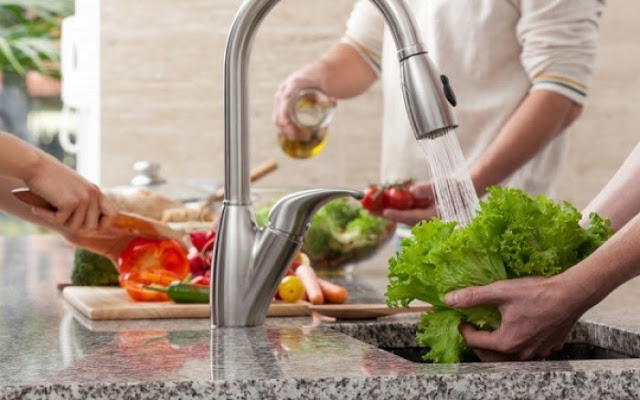
It is important that we handle the food safely and with clean hands. Handling food does not mean that you have to master the rocket science but there are certain guidelines that should be followed while handling food.
Cleaners – Begin by having the correct instruments close by, similar to cleanser and cleaners, so you can securely clean up while you cook.
Wash hands – Start any cooking enterprise by washing your hands in warm lathery water, and rehash previously, amid, and after sustenance arrangement; particularly when dealing with crude proteins or eggs.
Wash the layers – We suggest flushing and scouring all deliver with water before cutting, peeling, and cooking, except if managing bundled vegetables named pre-washed. With respect to washing chicken, skip it. Flushing of crude poultry and different proteins will spread microbes to your sink, counter, and different surfaces.
Separate cutting boards – When you begin cooking utilize single cutting board for meat, poultry, fish, and clean those sheets completely after use with warm soapy water or in a dishwasher.
Clean the surface – Likewise, clean all utensils and surfaces that come into contact with crude protein or eggs with warm sudsy water (or in a dishwasher when proper) between employments. This incorporates your hands. Your sink. Your wipes. Also, your moment read thermometers.
Raw protein touch a big no – At last, never reuse (before cleaning) plates or serving utensils that contacted crude meats or eggs. Also, if reusing any marinade, make certain to heat up the fluid quickly at a high temperature.
FOOD SAFETY FOR FROZEN ITEMS
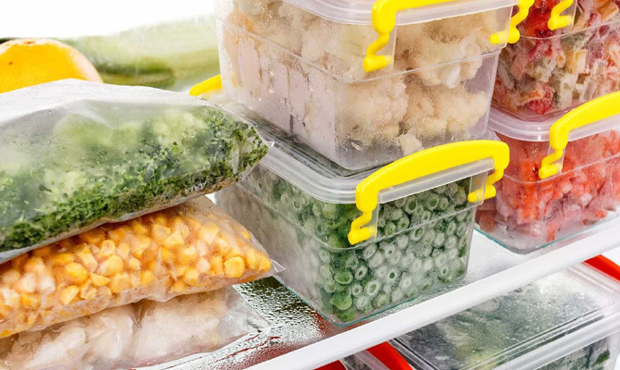
Temperature is the most important.
Do not defrost at room temperature – Food ought to dependably defrost in the icebox, chilly water, or the microwave, contingent upon how much time you have. Take after these appropriate strategies to defrost securely. What’s more, recollect, on the off chance that you pick the chilly water system, purify the bowl or dishes you use and the sink.
Use a thermometer – While a snappy Google scan will uncover cool traps for verifying that inner temp (like jabbing a steak or crushing the beefy piece of your hand), in case you’re stressed over security, nothing beats a thermometer.
Caution with eggs – With respect to eggs, the FDA suggests cooking until both the egg white and yolk are firm, or for any formulas that contain eggs to be cooked to a temperature of 160°F. On the off chance that you do choose to make a formula that calls for crude or runny eggs, the FDA prescribes utilizing sanitized eggs.
Obviously, numerous individuals are less careful about eggs and cherish them runny and crude. In any case, recollect: the FDA’s part is to make decides that secure the weakest of the populace. In case you’re cooking for yourself, you are allowed to go for broke. On the off chance, that you cook for others — particularly those with weaker frameworks — it’s your obligation to be mindful.
FOOD SAFETY IN SERVING
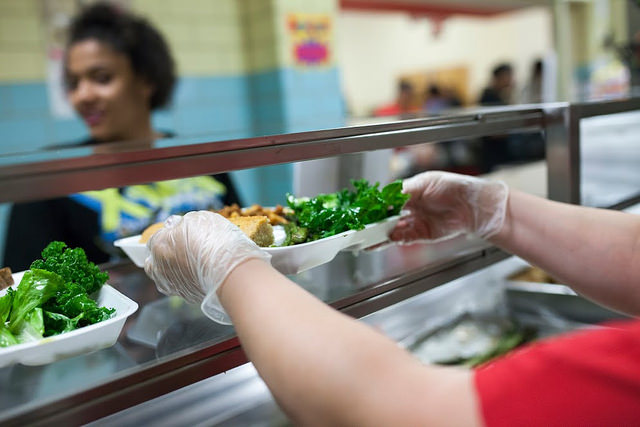
My food safety nervousness runs most astounding while facilitating a supper gathering. Particularly when serving under the hot sun, in a smorgasbord style setting (i.e., occasions), or in any circumstance where dishes sit out for some time. So this is what you have to know to serve food cleverly.
Refrigerate – Keep food cool and refrigerated as far as might be feasible. Keep in mind, sustenance enters a “peril zone” between temperatures of 40°F and 140°F. So while facilitating a get-together, restrict the hang time for crude fixings and cooked dishes. What’s more, keep more short-lived fixings, similar to a velvety potato plate of mixed greens dressing, in the fridge or a cooler until just before serving.
The danger zone times – When you do put the sustenance out, cooked dishes will stay safe at room temperature for a most extreme of two hours. On hot days the FDA prescribes restricting time in the sun to one-hour greatest for temperatures of 90°F or more. What’s more to remember, if you happen to see unsafe practices happening at someone else’s party, say something.
FOOD SAFETY WHILE STORING FOOD
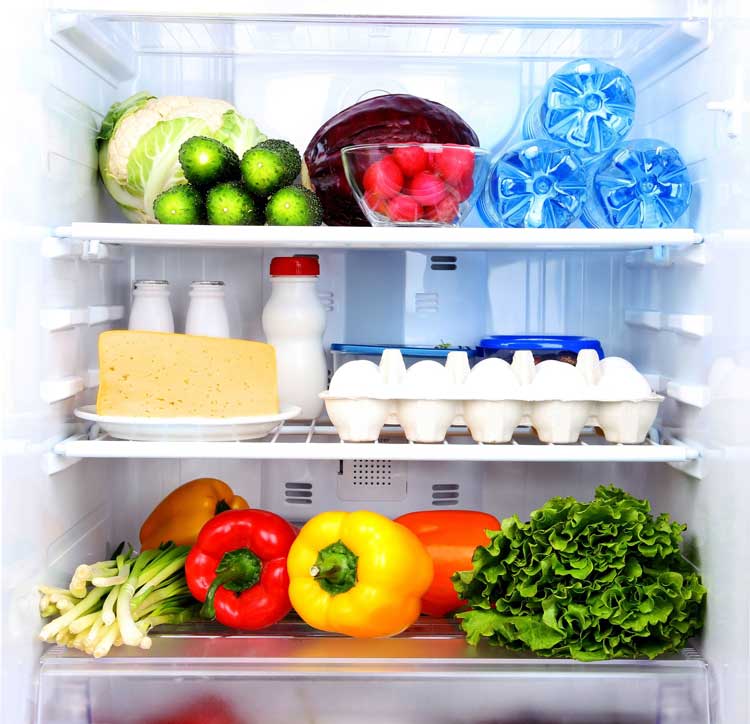
Check temperatures – To begin, your fridge ought to be at a cool 40°F or lower and the cooler at 0°F or underneath. In the event that they run hot, that implies runny frozen yogurt as well as more regrettable yet, deterioration. To check the temperatures, utilize ice chest and cooler particular thermometers, or even a moment read thermometer. At that point alter dials as required.
Put away groceries – When securing some perishables, make sure to unload speedily and keep food out for a greatest of two hours (or one hour if 90°F or above). Evade cross-tainting by isolating proteins from produce. What’s more, make certain to check the names of readied and bundled foods for capacity guidelines — numerous things that begin on the racks in the store should be kept in the refrigerator once opened.
Food keeping period – To know to what extent things will keep utilize this clever FDA icebox and cooler cheat sheet. Things in the cooler at 0°F or underneath will remain the safe uncertainty, as the chill shields unsafe microscopic organisms from developing. The recommended “toss out” dates for cooler food allude to quality and taste, not safety.
Label the leftovers – Concerning cooked food, put scraps in sealed shut holders and name with the date. In the event that the food is still warm, it is prescribed to cool it first so as not to raise the temperature of the cooler. In any case, in the event that you need to put that colossal, hot pot of soup in there, exchange it initially to a few little compartments to bring down the warmth.


